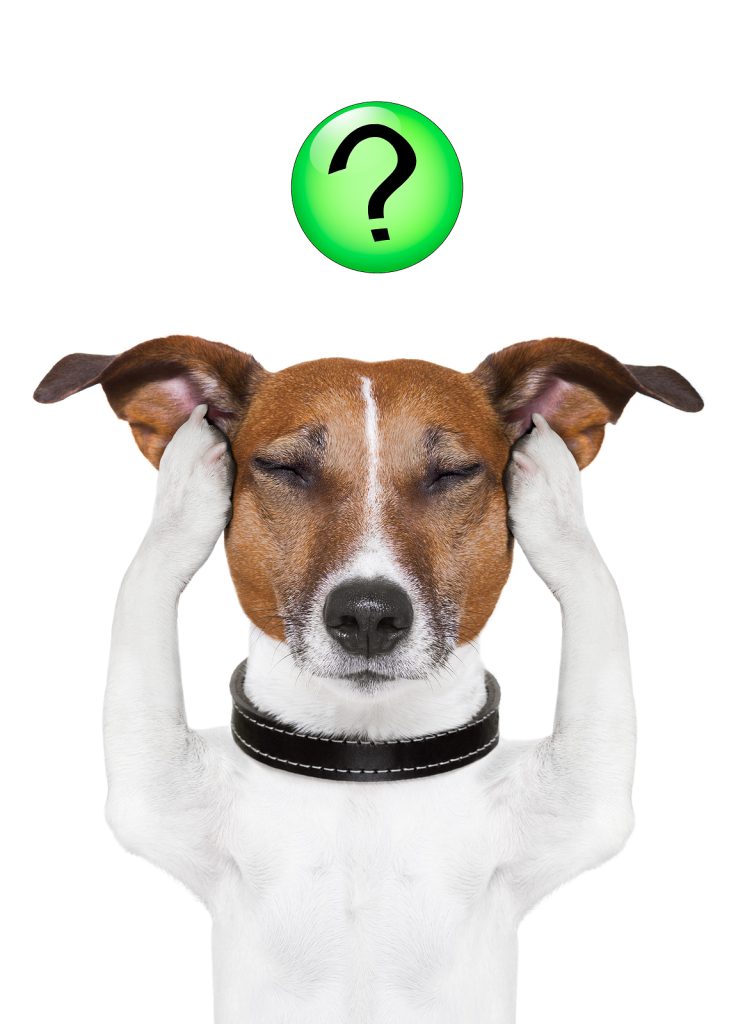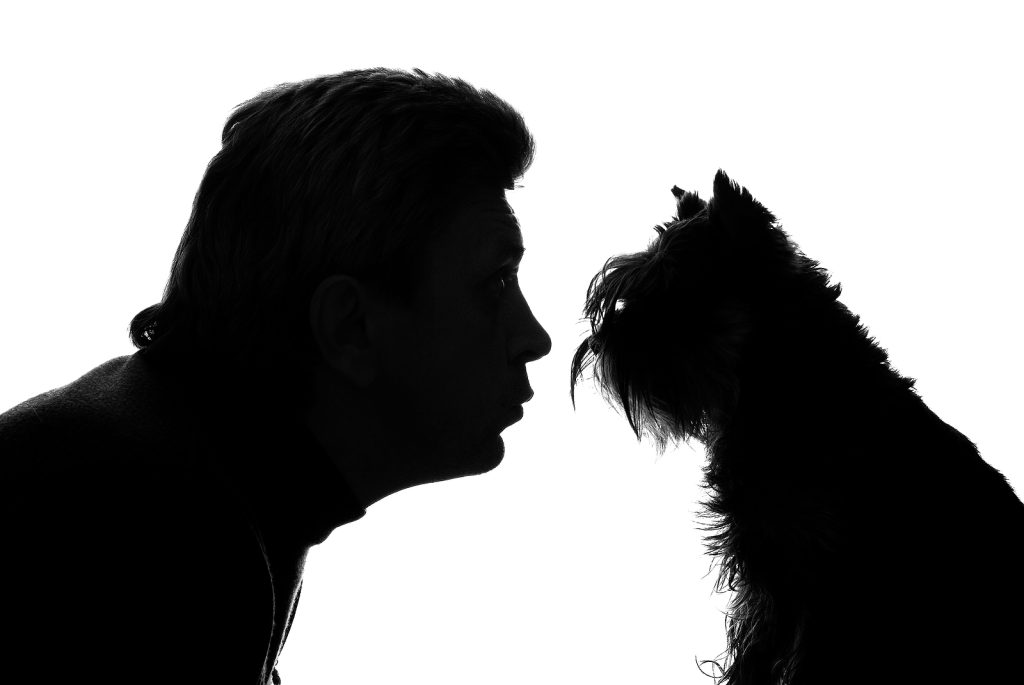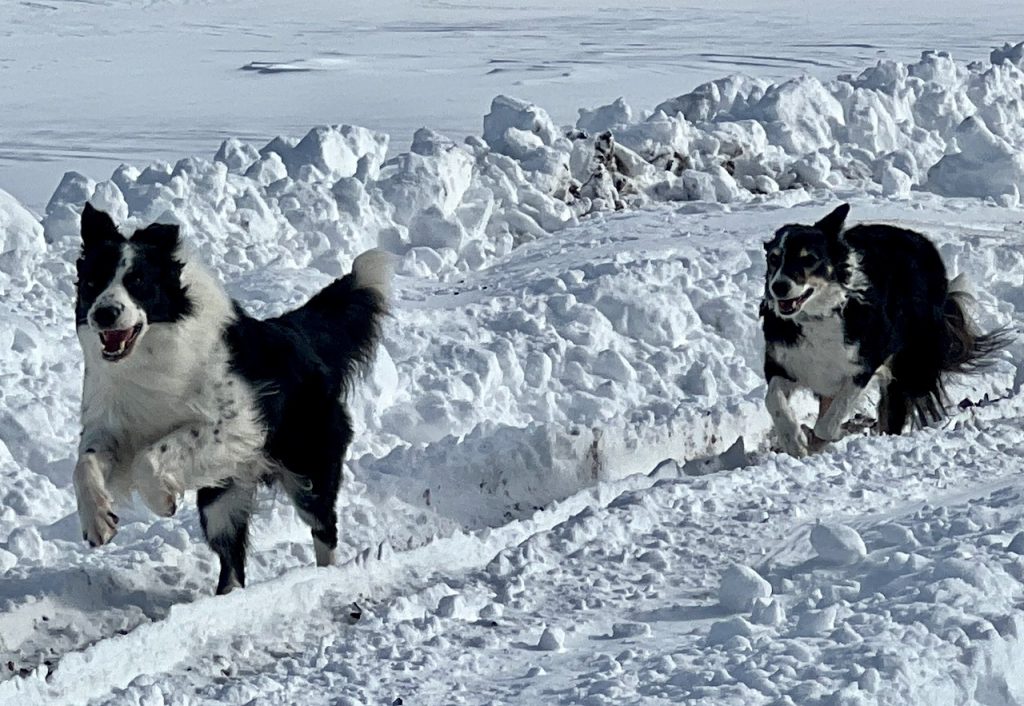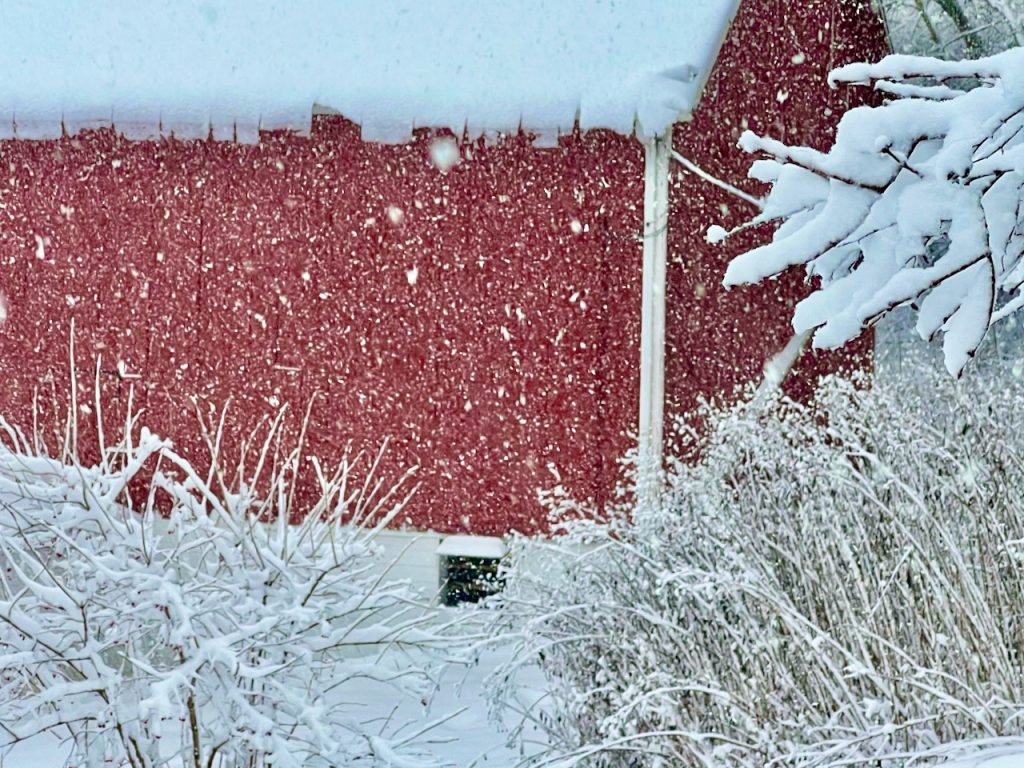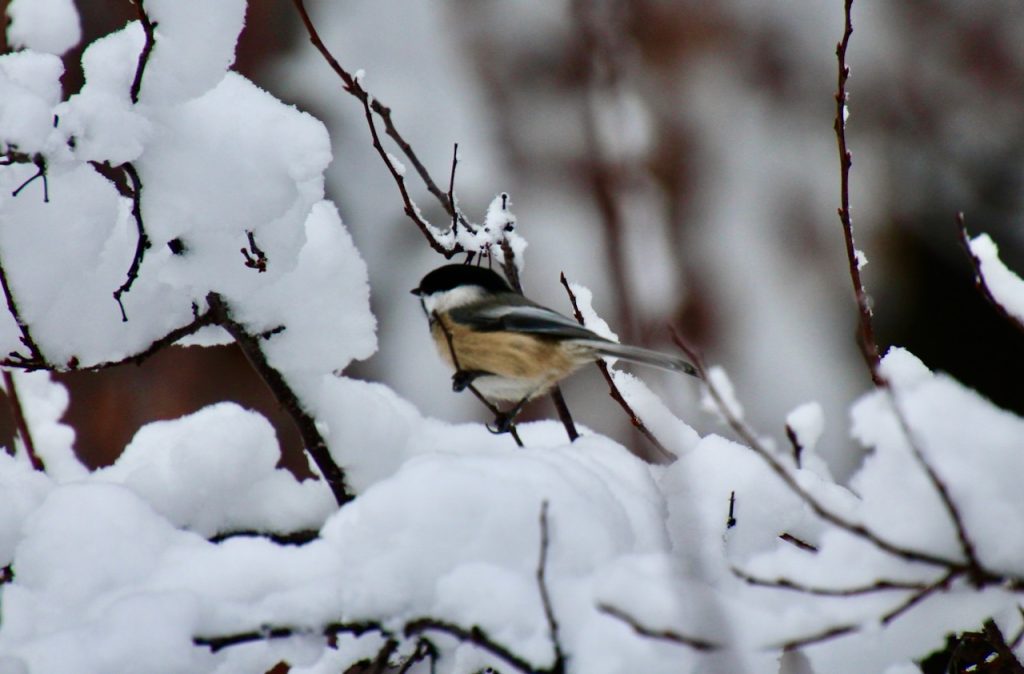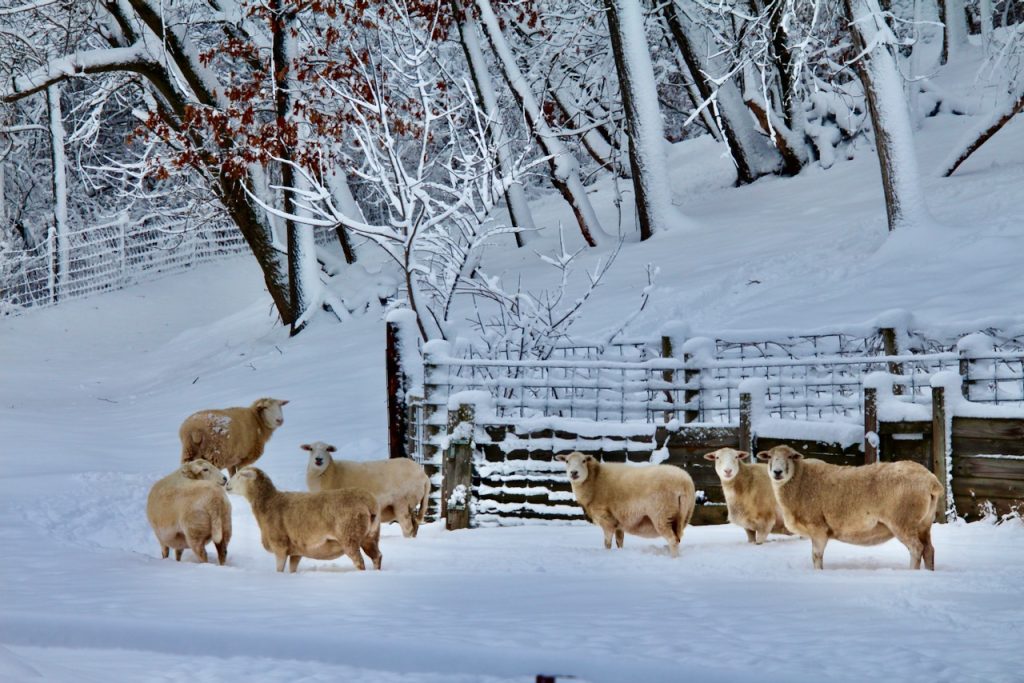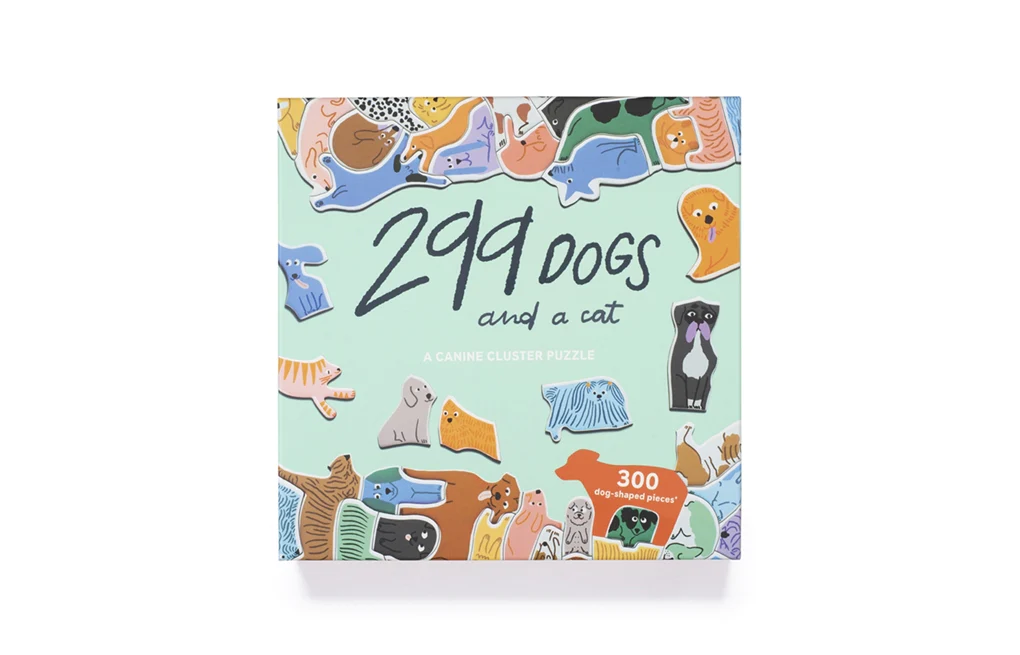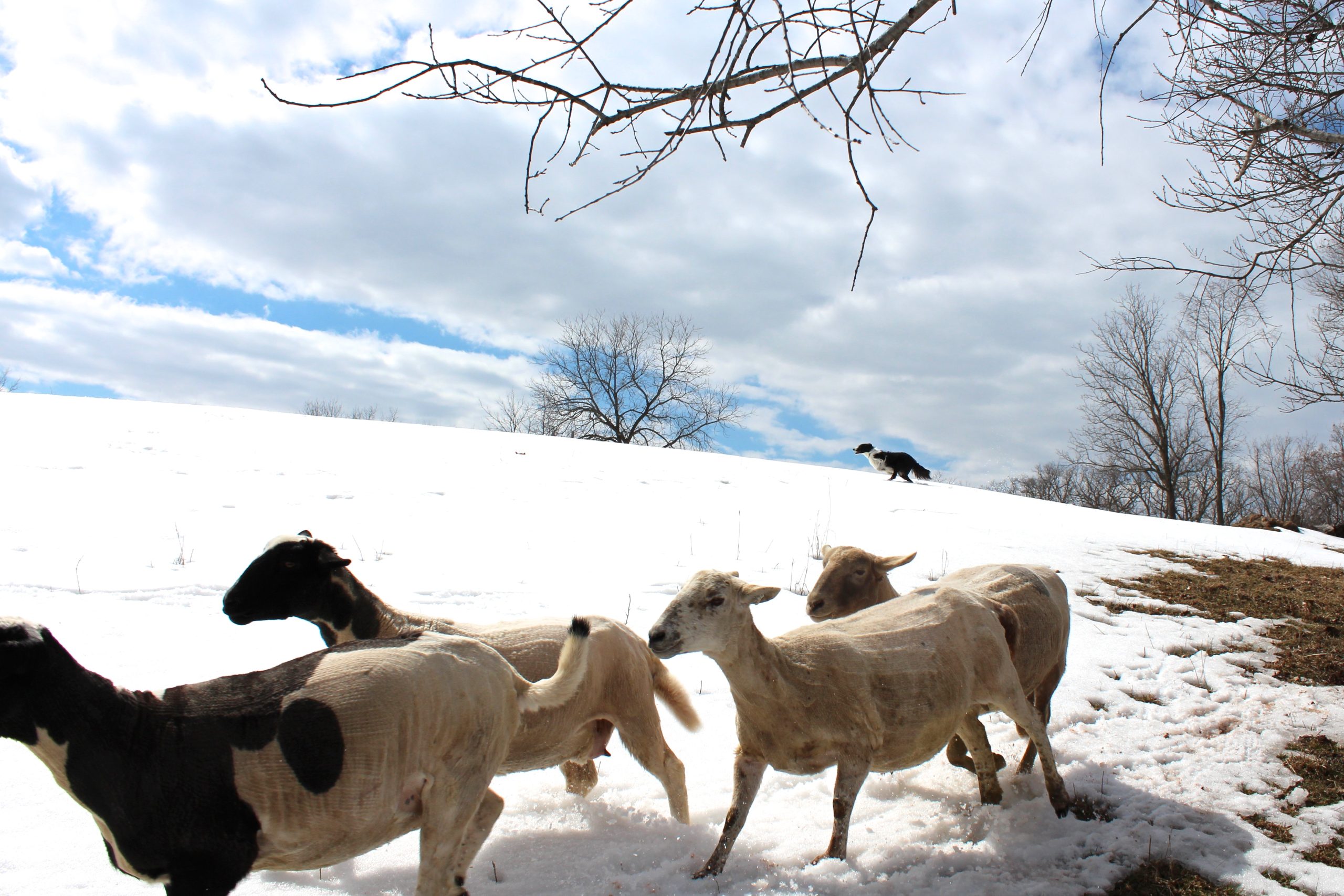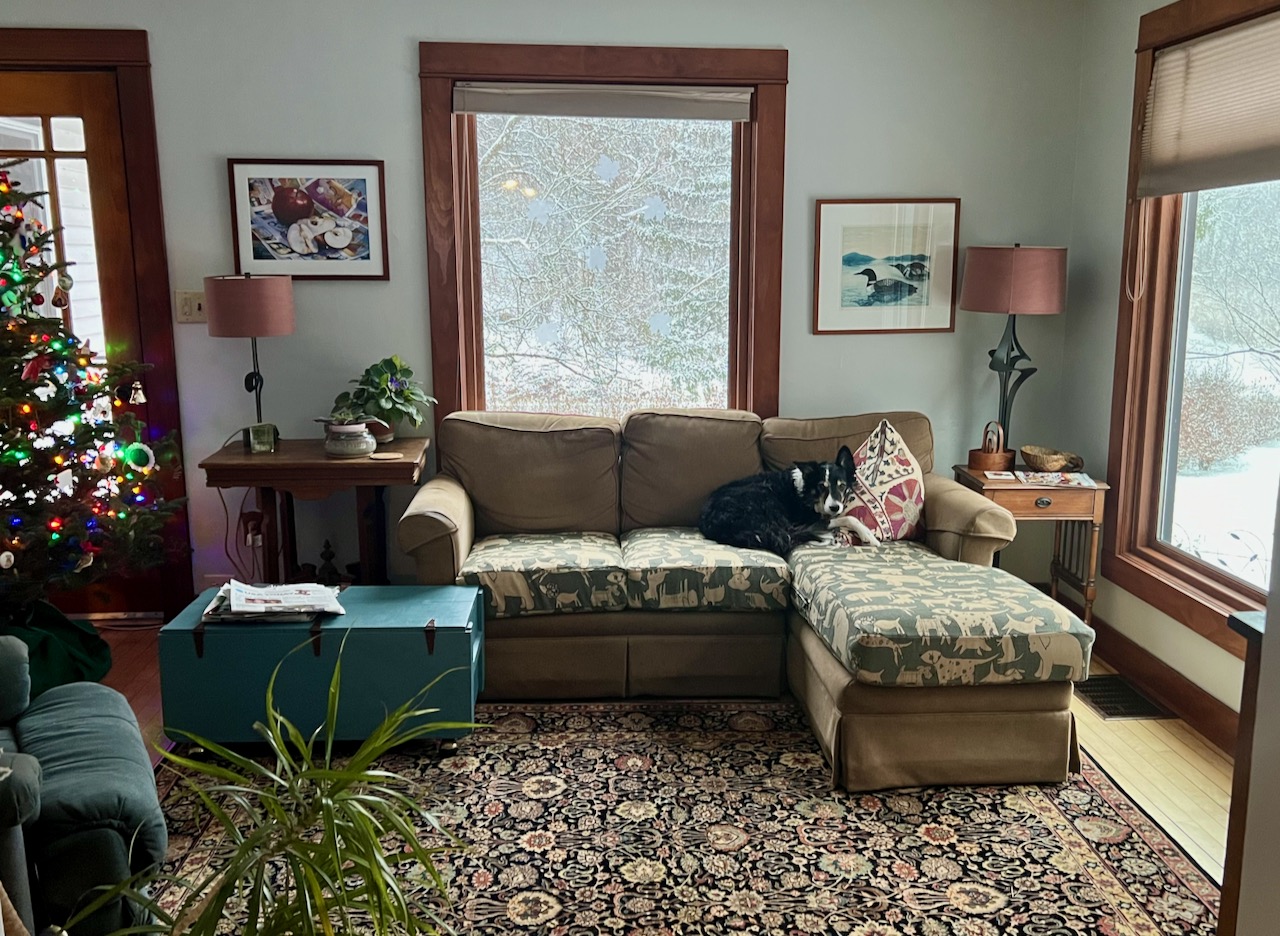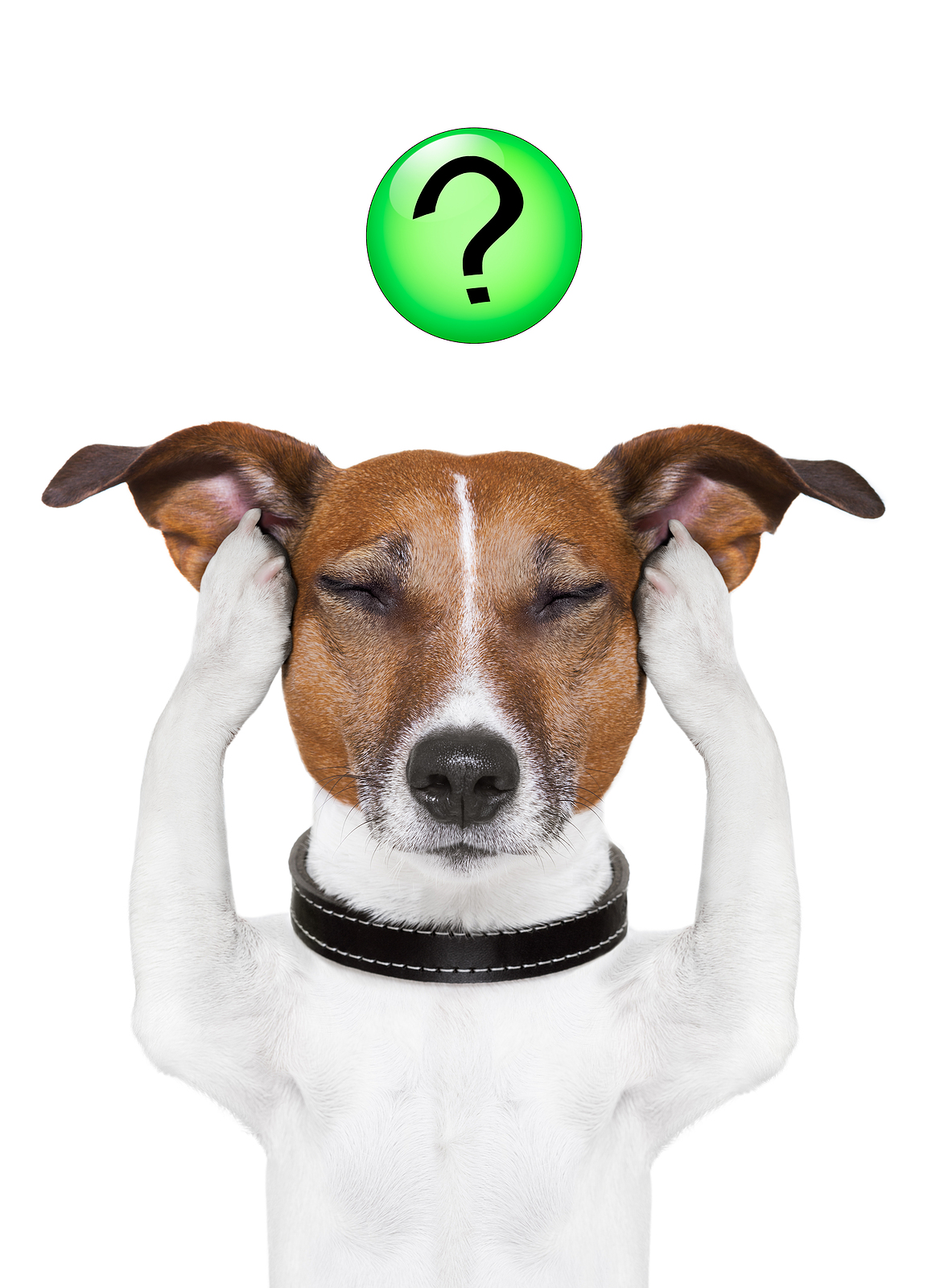
Continuing my ability to relate just about everything in the world to dog training, I offer you some thoughts about how good editing is like good dog training. For example, here is a typical editing progression, starting with:
“I really think that dog is too hot to keep working.”
Eeeps, delete the “really”:
“I think that dog is too hot to keep working.”
Still, too many words:
“That dog is too hot to keep working.”
Better.
You get the idea. Less is more. The word “really” adds nothing but noise. The concept “I think” is implied without it being stated. Who else is thinking it if you wrote it? You could even cut the sentence down to “That dog is too hot.” (But, you have to leave in the “too,” right?)
No one says “less is better” than Sol Stein, the author of Stein on Writing, my favorite “how-to-write-well” book. He advises, in the chapter titled “Liposuctioning Flab,” to “remove all adjectives and adverbs and then readmit the necessary few after careful testing.” True to form, the editing my novel mostly involves deleting words that drag down the action. [Note that the first version of this sentence was ” . . . deleting worthless words that just drag down the action.”]
Stein quotes Mark Twain, a guy who knew a bit about writing, who said “If you catch an adjective, kill it!” [Note again: I first wrote ” . . . a little bit about writing . . . “. See what I’m doing here?]
Here’s an example that includes dogs in the sentence:
“That dog is obviously about to bite.” Versus: “That dog is about to bite.”
Which sentence is stronger? The “obviously” added nothing, right? Less is more . . . (I’d like to repeat that, but, uh, less is more.)
What does this have to do with dog training and handling? You know the answer: Less is more. Here’s a dog training equivalent:
“Maggie, Maggie, that’ll do, here!”
That’ll do, here!”
Here!”
I use the name “Maggie” on purpose, because sigh, the first sentence was mine, spoken this morning. It seems I have to remind myself of the value of brevity on a regular basis. My writing always starts with too many words, just as I often use a chopped salad of cues to my dogs, when all I needed was one cherry tomato. Granted, maybe I needed to say Maggie’s name once to get her attention, but that would be two words, instead of five.
Have you noticed that it’s the quiet people that attract the most dogs? You know who I mean, the strong, silent types, the people who are comfortable in their own skin. I wonder if part of it is that they use few words, and thus, are less confusing.
And, yet . . . like lots of people, I love talking in full sentences to my dogs. “You are soooo beautiful,” I say to Maggie every night. And I’m not going to stop. Is that a problem?
I don’t think so. I realized the distinction–less is more, versus let’s all just babble away–as I was writing this piece. Dogs need clarity when being trained, and when being informed about what we want them to do. They are living with aliens who must be eternally confusing, and when training a new concept we need to make it as easy as possible. That’s also true when Maggie was distracted by the seeds that had fallen below the bird feeders, and I needed to be clear, quickly, about what I needed from her. (“Come here.) But when we are cuddling on the couch? The words don’t matter. She gets all the information she needs from my tone. I could say “You are the ugliest bitch on four legs in the whole world,” if I had the same loving emotions in my heart, and would get the same reaction. In this case, it’s all about tone. I can be as wordy as I like, as long as I’m communicating an emotion to her, not an action I’d like her to take or a concept I want her to learn.
At the least then, there are the two contexts in which I think communicating to dogs is like editing: (Don’t hesitate to add more in the comments!)
First, as noted above, when training a new concept, or asking a dog to do something that is important to us. It’s the difference between teaching some one to drive a car, or use an app, versus gushing a thank you to someone who did you a huge favor. Meaning is conveyed by actual words, or cues, in the first example, while meaning is conveyed more by tone in the second.
The other example of “less is more” is related to greeting and/or praising dogs. Increasingly, I see people, all hyped up on the oxytocin of positive reinforcement, “praising” their dogs with so much enthusiasm that the dog is put off. How many times have I seen person squeal with joy, while the dog turns his head and looks away. Seen that?
In spite of being chatty myself, one thing I don’t do is gush when I meet or praise a dog, at least not in a high, loud voice. I tell them how gorgeous they are, and how lovely their tail, or ears, or eyes, but I do it in a quiet, low voice, watching them carefully to see how they are responding to my words and my movements.
In general, surely “less is better” when dogs are desperately trying to translate what we are trying to communicate all day long. That cute head cock that makes us all gooey is a sign of a dog trying to figure out what the hell it is that we are trying to communicate. It must be exhausting to continually try to figure out what we are saying, what we want, and what we don’t want. What a relief it must be when our verbal cues are clear and succinct.
You can get an idea of 1) How interesting I find this issue, and 2) How Much I Need Reminding to Shut Up, by noting I wrote a post titled The Power of Silence in May, of 2021, (about how going still and silent extinguished an unwanted behavior), and Less is More, When It Comes to Training, (about not overloading clients with information) in November, 2016.
I would love to hear what you have to say about this topic. When you say less. When you say more. When you said so much that your dog put his paws over his head. In this case, LESS IS NOT MORE! More is good! Tell us more, we’re all ears!
MEANWHILE, back on the farm: Was it me wishing we’d finally get a real winter? Well, . . .
Skip’s feelings about the snow are obvious from the expression on his face. I’ve never known a dog who loved snow as much as Skip. They were tearing along a short, plowed section of a small park not far from us. There was no way you could walk it without snow shoes, so we lapped around a small area on Saturday morning, and the dogs exercised themselves. Saturday the high was in the mid 20’s, Sunday it was closer to zero, so walks off the farm will wait for warmer weather in the days to come.
I can’t tell you exactly how much snow we got last week, but somewhere around 20 inches in four days. The first storm had lots of warm, wet snow that stuck to the trees and branches, turning the world into a winter wonderland.
Lots of beautiful scenes in the snow, including with these screens we bought to distract from our ugly LP tank.
Here’s from last Tuesday, the first big storm that left us with 8-9 inches.
Needless to say, our six bird feeders are hopping. We have about 15-20 birds at our feeders at all times now. Chickadees, like the one below, Tufted Titmice, WB Nuthatches, Downy, Hairy, and Red-bellied Woodpeckers, Goldfinch (oh honey, why are you still here?!), Cardinals (who only showed up once the ground was snow covered), Juncos, House Sparrows, House Finches, Doves, and one rude Blue Jay.
I’m bummed there’s no sheep herding now (although nothing approaching Skip’s daily disappointment). The sheep below are standing in the snow from only the first storm, it’s more than twice as high now. Skip would be happy to work, but me and the sheep don’t share his enthusiasm.
Here’s to being enthusiastic about something in these dark, cold months! Tell us how “less is more” fits into your life–or how it doesn’t–with your dogs. More is good here!
